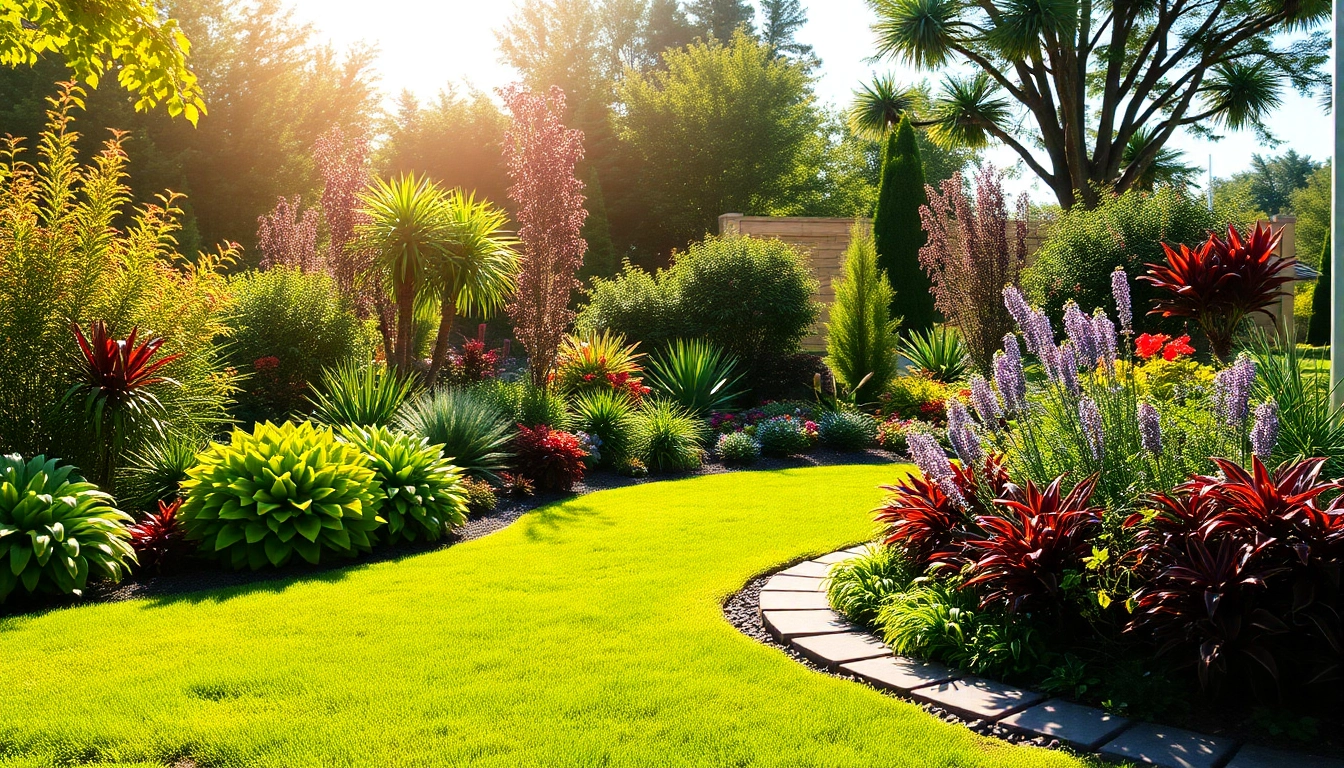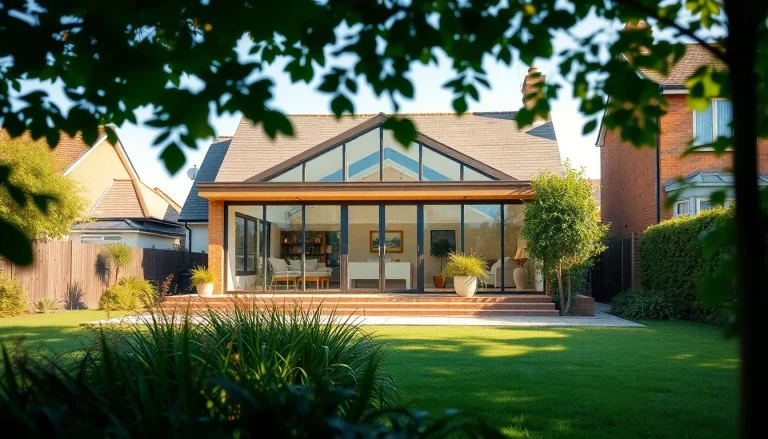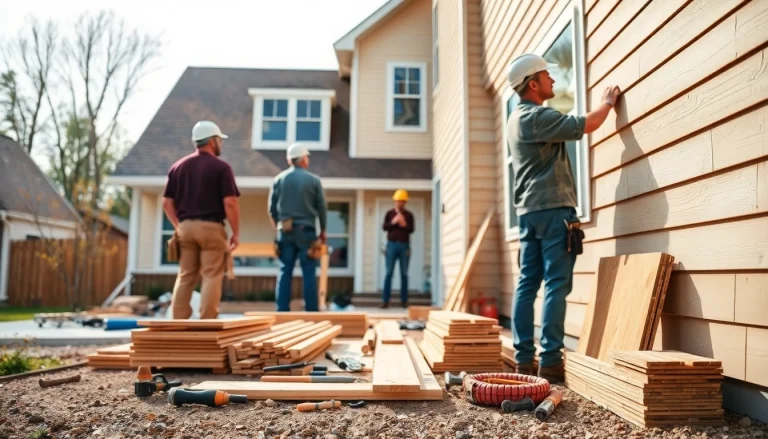
1. Introduction to Landscaping Company Pricing
Understanding the intricacies of landscaping company pricing is essential for homeowners and businesses seeking to enhance their outdoor spaces. Whether you’re looking to install a new garden, maintain your lawn, or undertake a significant landscaping project, comprehending the costs involved can guide your investment decisions. This article delves into the various elements that contribute to landscaping pricing, enabling you to make informed choices and maximize your landscaping budget.
1.1 Importance of Understanding Costs
When planning any landscaping project, a clear understanding of costs is paramount. Knowledge of landscaping pricing helps you:
- Set realistic budgets and manage financial expectations.
- Evaluate and compare different service providers effectively.
- Make informed decisions on the scope of your landscaping project.
Moreover, recognizing the financial commitment enables you to prioritize features and services that align with your vision while remaining economically viable.
1.2 Factors Influencing Pricing
Several factors influence the pricing of landscaping services, including:
- Geographical Location: Prices vary significantly by region due to differences in cost of living, local demand, and supply of labor.
- Complexity of the Project: More intricate designs or installations typically require more time and specialized labor, influencing costs.
- Seasonal Variations: Landscaping services may charge more during peak seasons when demand is high.
- Experience and Reputation of the Company: Established companies with proven track records often charge premium prices based on their expertise and quality of service.
1.3 Common Pricing Models in Landscaping
Landscaping companies use various pricing models that impact how you see the costs:
- Hourly Rate: For smaller tasks or initial consultations, companies may charge an hourly rate, often ranging from $50 to $150.
- Flat Fee: For defined projects, a flat fee can provide a clear, upfront cost, covering all labor and materials.
- Cost per Square Foot: For larger projects, pricing may be offered on a per-square-foot basis, common in lawn installation and hardscaping projects.
2. Breaking Down the Cost Components
To further understand landscaping pricing, let’s explore the cost components that make up the total investment in your landscaping project.
2.1 Labor Costs in Landscaping
Labor costs form a significant portion of your landscaping expenses. Factors affecting labor costs include:
- Expertise Required: Specialized skills, such as masonry or ornamental horticulture, typically demand higher wages.
- Project Duration: Longer projects incur higher labor costs, as workers may need to be on site over multiple days or weeks.
- Labor Market Conditions: In competitive labor markets, prices may fluctuate depending on available skilled workers.
2.2 Material Costs and Sourcing
The cost of materials is another essential component of landscaping pricing. This includes:
- Plants and Trees: Prices vary based on type, size, and rarity. Local nurseries or garden centers generally provide more affordable options than specialty suppliers.
- Hardscape Materials: Stone, bricks, wood, and concrete prices fluctuate according to quality and sourcing.
- Soil and Mulch: The type and amount needed can significantly impact total expenses.
2.3 Additional Fees and Overheads
Homeowners should also take into account potential additional fees that may arise during landscaping projects:
- Permitting Costs: Depending on your location, certain landscaping projects may require permits, adding to overall expenses.
- Disposal Fees: Removing debris and waste materials such as trees, plants, and sod may incur additional charges.
- Transportation Costs: If materials need to be sourced from distant suppliers, transportation fees may be added to your bill.
3. Average Pricing Guidelines by Service Type
While understanding the cost breakdown is crucial, it is equally important to compare the average pricing for various landscaping services. Below are common services and their estimated costs.
3.1 Basic Lawn Care Pricing
Basic lawn care services typically cover mowing, fertilizing, aeration, and pest control. Prices may vary depending on the size of your lawn and service frequency. On average:
- Cuts may cost between $30 to $80 per session.
- Fertilization treatments can range from $50 to $150, depending on lawn size and product used.
Regular maintenance plans can offer discounts while ensuring a healthy lawn throughout the season.
3.2 Pricing for Landscape Design Services
Designing a landscape can be one of the most rewarding investments, yet costs vary widely:
- Initial consultations are generally priced between $100 to $300.
- Full design plans can range from $500 to $2,000, influenced by project complexity and designer expertise.
An engaging design can elevate your property’s appeal and increase property value when executed correctly.
3.3 Hardscaping and Installation Costs
Incorporating hardscape features such as patios, walkways, and retaining walls typically requires more substantial investments. Here’s what to expect:
- Patio installations can vary from $10 to $30 per square foot, influenced by the materials used.
- Retaining walls often cost between $15 to $50 per square foot, depending on height and material selection.
Due to the nature of hardscaping, proper planning and execution are crucial to ensure durability and aesthetic appeal.
4. Tips for Getting Accurate Quotes
Obtaining accurate quotes is essential to prevent budget overruns. Here are some tips to guide you through the process effectively:
4.1 How to Request Quotes Effectively
When seeking quotes, ensure you:
- Provide detailed project descriptions to help landscapers understand your needs.
- Request site visits to give companies a clearer perspective of your property.
- Compare quotes from multiple companies to gauge average costs.
4.2 Understanding Estimates vs. Final Costs
It’s crucial to comprehend the difference between estimates and final costs:
- Estimates: These are preliminary cost assessments based on provided details and assumptions.
- Final Costs: This is the actual amount charged upon project completion, which may vary due to unforeseen variables or changes during the project.
4.3 Questions to Ask Your Landscaping Company
Before signing a contract, consider asking the following questions:
- What does the quoted price include? Are materials, labor, and any potential fees covered?
- What is the projected timeline for the project? Are there penalties for delays?
- Can you provide references or examples of similar projects completed in the past?
5. Making the Most of Your Landscaping Budget
Maximizing your landscaping budget requires strategic planning and consideration. Here are essential tips to ensure you achieve the best outcomes:
5.1 Prioritizing Landscaping Needs
Begin by creating a list of your landscaping goals and prioritize them. Focus on aspects that will provide the most significant impact, such as:
- Establishing a solid lawn care routine.
- Enhancing outdoor aesthetics through thoughtful design.
- Building functional hardscaping features for enjoyment and usability.
5.2 Comparing Quotes and Services
As you gather quotes, be diligent in analyzing and comparing services offered. Recognize that the cheapest option may not provide the best value. Instead, look at:
- Included services and materials
- Reviews and past project examples
- Warranty or satisfaction guarantees
5.3 Investing in Quality vs. Cost
While it’s tempting to opt for lower-cost options, investing in quality often pays off in longevity and satisfaction. Quality materials and skilled labor lead to:
- Reduced maintenance costs over time.
- Increased property value through well-executed work.
- Greater aesthetic appeal, enhancing your neighborhood’s character.
Ultimately, finding the right balance between quality and cost is crucial for achieving a beautiful, durable landscape that meets your needs.






